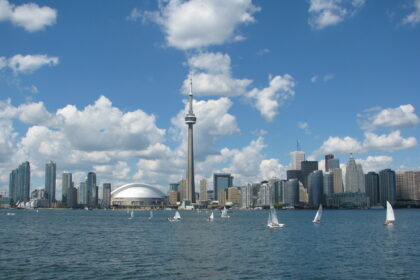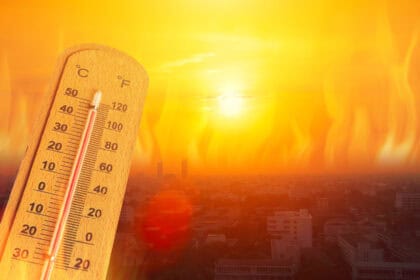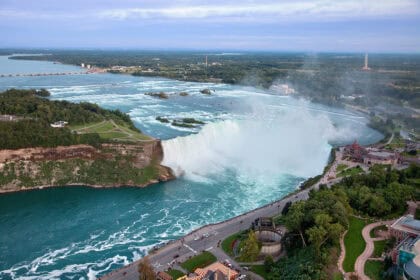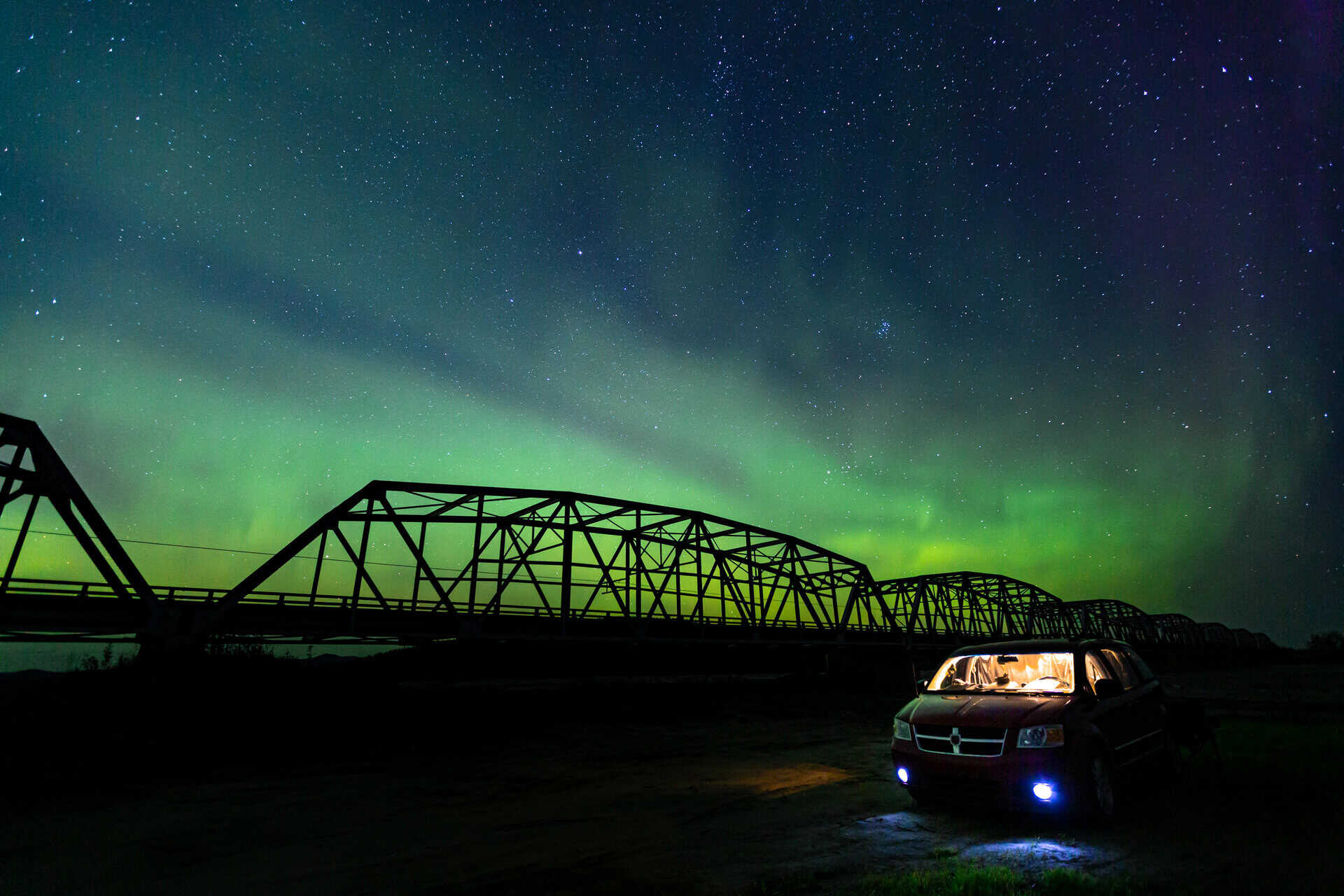
A rare luminous display in North American skies
On the night between Tuesday, May 21 and Wednesday, May 22, several parts of the northern United States could witness the breathtaking phenomenon of the aurora borealis, thanks to the presence of active geomagnetic conditions. According to the National Oceanic and Atmospheric Administration (NOAA), periods of heightened auroral activity are expected, although no significant geomagnetic storms are forecast through Thursday.
Areas where the aurora will be visible
A minimal visibility line will stretch just south of the Canadian border, meaning that the highest likelihood of seeing the northern lights remains across Canada and Alaska. However, NOAA has indicated that some U.S. regions will still have favourable chances, including:
Northeastern Washington,
Northern Idaho,
Montana,
North Dakota,
Northern Minnesota,
Northern Wisconsin,
Upper Michigan.
The forecast is based on a Kp index of 3 on a 9-point scale for Tuesday night, which suggests a moderate but visually enjoyable auroral activity, visible farther from the poles than usual.
Solar conditions and the coming days
Current auroral activity is being driven by a cooler and less dense region on the sun’s surface, which is creating active but not extreme periods in Earth’s atmosphere. For Wednesday, May 22 and Thursday, May 23, NOAA expects a quieter outlook, with a maximum Kp index of 2, lowering the odds of visibility at more southern latitudes.
Best time to see the aurora
According to NOAA, the best time to observe the northern lights is between 10 p.m. and 2 a.m. local time, from a high, north-facing location away from light pollution. For photography, experts recommend:
a wide-angle lens,
an aperture of f/4 or lower,
infinity focus,
and a tripod to keep the image stable.
With a smartphone, NOAA suggests using night mode and turning off the flash.
Greater visibility thanks to the solar cycle
This increase in aurora visibility across the United States is expected to continue through early 2026, following the “solar maximum” reached in October 2024. This peak in the 11-year solar cycle brings an uptick in solar activity, such as solar flares and coronal mass ejections, which send electrons that interact with oxygen and nitrogen in Earth’s atmosphere, exciting the gases and creating the colourful northern lights.
If you’d like, I can provide real-time updates on the Kp index for your location. Would you like to know if the aurora will be visible in Canada tonight as well?

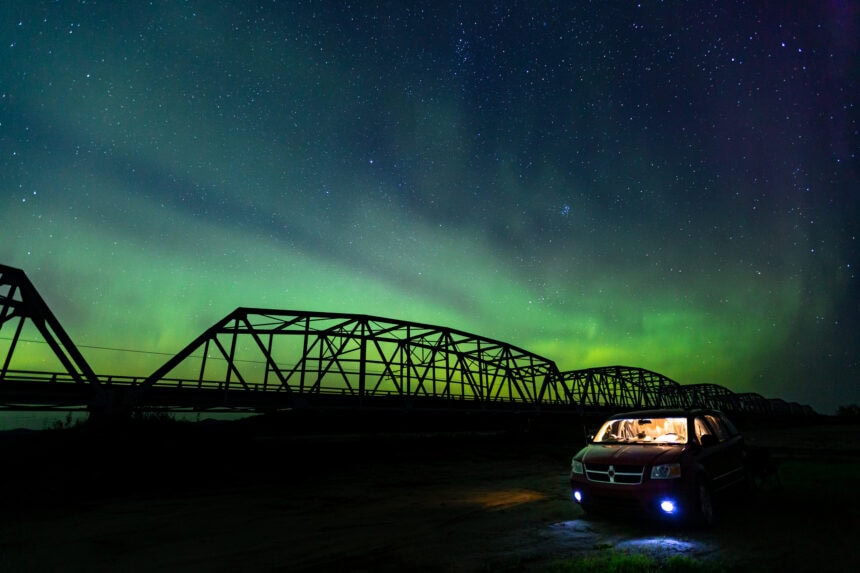

![Feature-8[1] - Weather aurora in United States: where to see the northern lights tonight](https://ca.weatheramerica.com/wp-content/uploads/sites/3/2025/05/Feature-81.jpg)

